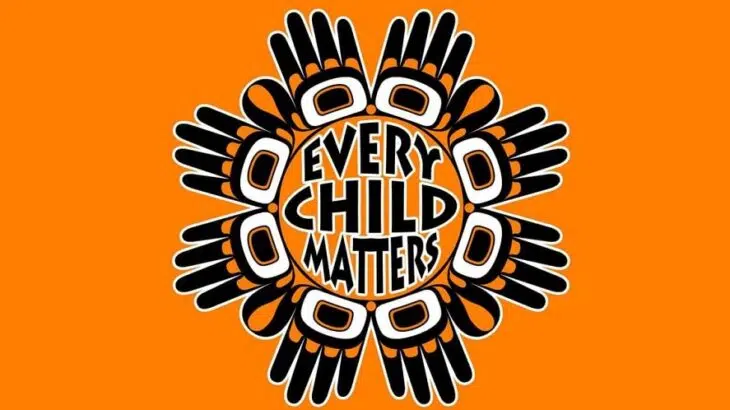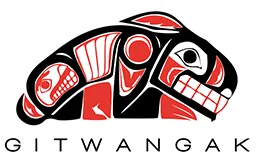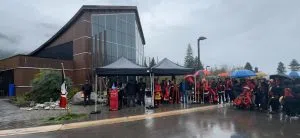This May marks four years since the Tk’emlúps te Secwépemc First Nation revealed the presence of 215 suspected unmarked graves at the former Kamloops Indian Residential School. The May 2021 discovery, based on ground-penetrating radar, shocked the nation and prompted widespread demands for truth and reconciliation.
The Nation later updated its findings, confirming that 200 anomalies had been detected, likely consistent with children’s graves. While no remains have been exhumed, a multidisciplinary investigation continues—combining archaeology, forensic methods, survivor accounts, and traditional Secwépemc law.
Chief Rosanne Casimir said the Nation remains committed to its “sacred duty” to the children who never came home, even amid growing misinformation and denialism. Elders and Survivors have long spoken of children who disappeared, and many families are still seeking answers.
Just earlier this month, newly released federal documents confirmed that after the 2021 announcement, the Tk’emlúps Nation—once denied federal support—was reclassified as a priority client and granted over $12 million. That funding has gone toward museum development, DNA research, and cultural preservation.
Four years later, the grief remains raw, and Indigenous leaders continue to call for national accountability, healing, and full recognition of the harms caused by Canada’s residential school system.










Comments